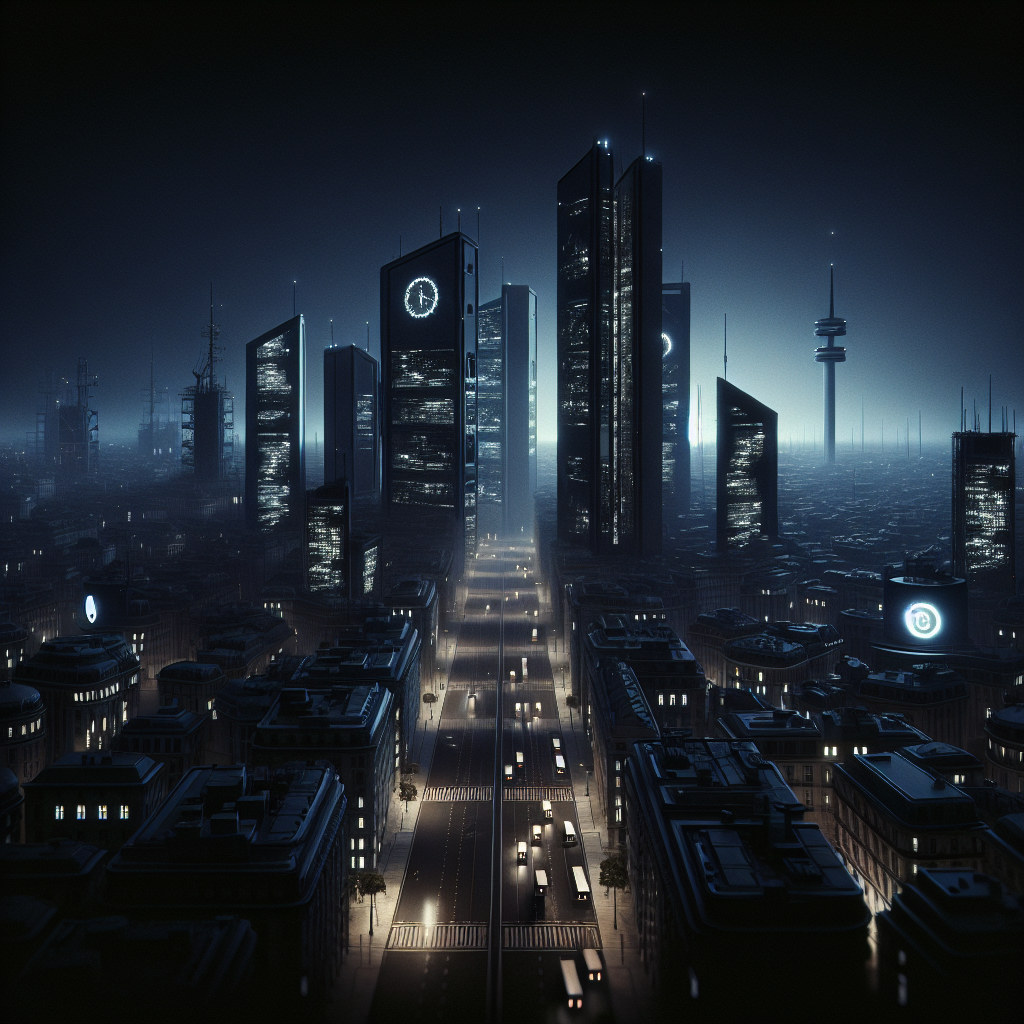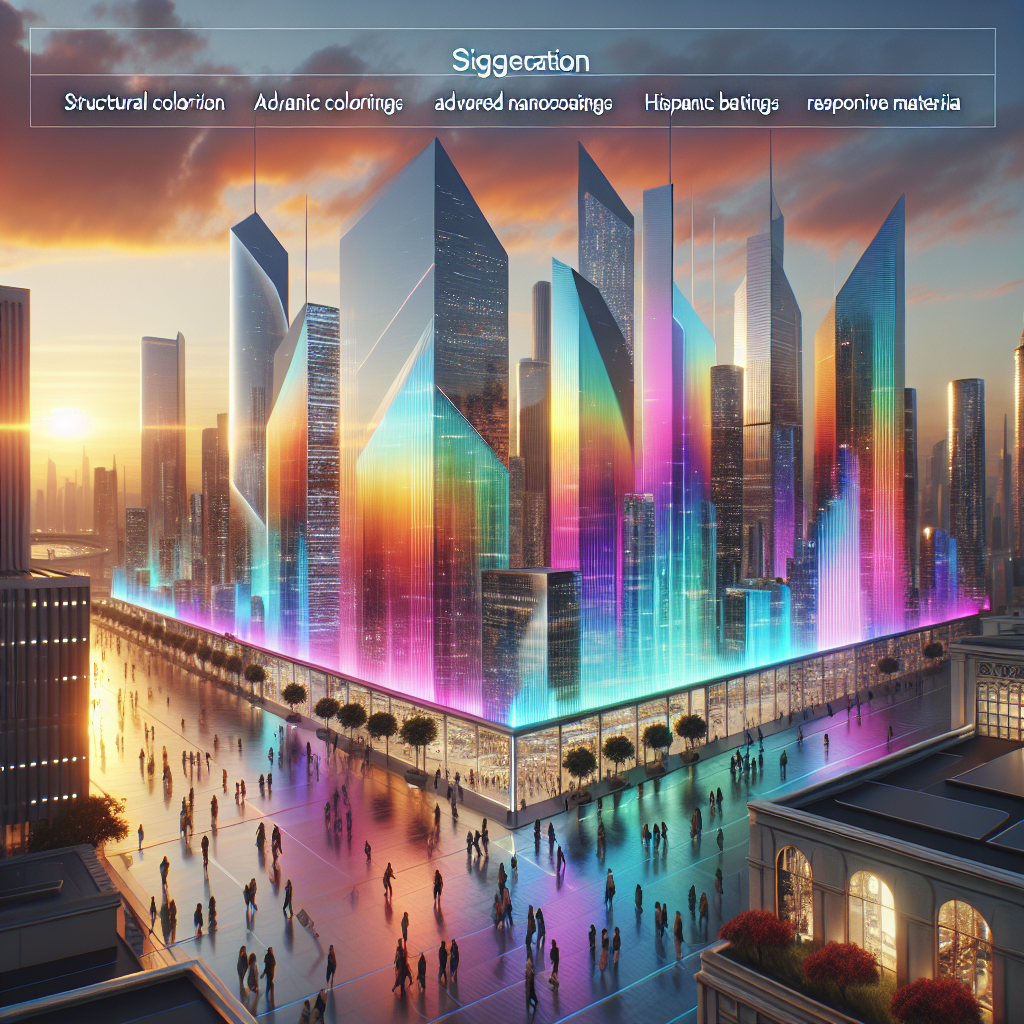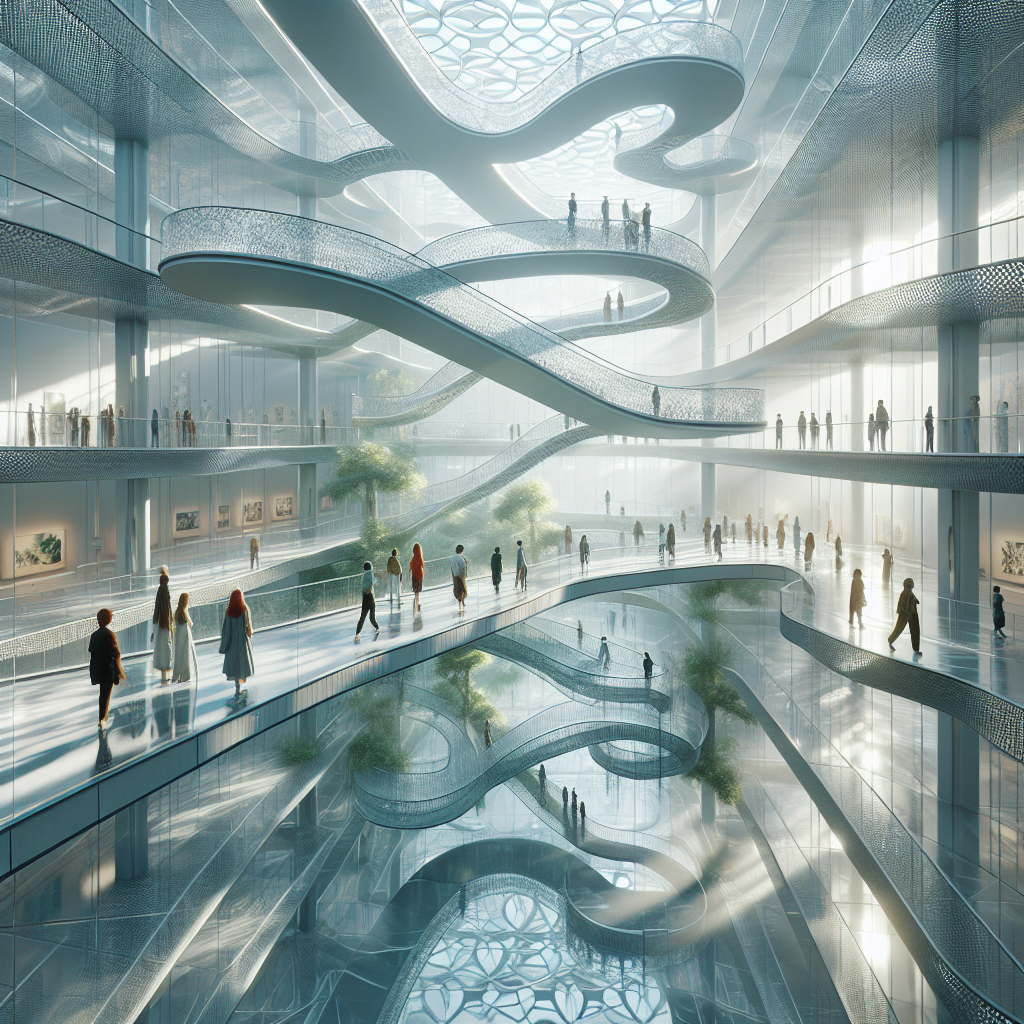Is Europe’s Power Grid at Risk? What Spain and Portugal’s Blackout Reveals About IoT and Infrastructure Vulnerabilities

Is Europe’s Power Grid at Risk? What Spain and Portugal’s Blackout Reveals About IoT and Infrastructure Vulnerabilities
On a quiet evening in March 2025, residents across Spain and Portugal found themselves plunged into darkness. From the bustling avenues of Madrid to the intricate alleyways of Lisbon, lights flickered out, transportation systems halted, and millions were left grappling with an unexpected blackout. The cause? A sophisticated cyberattack targeting the Internet of Things (IoT) devices integrated within the power grid infrastructure. This unprecedented event not only exposed critical vulnerabilities in Europe’s energy networks but also illuminated the intricate interplay between modern technology, architecture, and urban design.
The Fragile Beauty of Connected Cities
In recent years, European cities have embraced IoT technologies, embedding smart sensors, automated controls, and interconnected devices into their urban fabric. These innovations promise efficiency, sustainability, and enhanced quality of life, shaping futuristic cityscapes reminiscent of cinematic visions like those explored in Blade Runner 2049. Yet, the blackout in Spain and Portugal serves as a stark reminder that beneath the sleek facades and elegant interiors lies a delicate balance, vulnerable to disruption.
Take, for instance, the modernist architectural marvels in Barcelona’s 22@ district, where glass-clad skyscrapers house offices equipped with intelligent lighting, climate control, and security systems. These buildings, designed with sustainability and efficiency in mind, rely heavily on IoT connectivity. The blackout left these structures eerily dormant, their once vibrant interiors darkened, highlighting the dependence of contemporary architecture on uninterrupted digital connectivity.
Understanding the IoT Infrastructure Vulnerabilities
The cyberattack that disrupted the Iberian Peninsula’s power grid exploited vulnerabilities in IoT devices integrated within critical infrastructure. According to cybersecurity experts, the attackers infiltrated networked sensors and control systems, cascading failures across interconnected substations. This incident underscores the urgent need for robust cybersecurity measures in urban planning and infrastructure design.
IoT devices, from smart meters in residential buildings to automated controls in public transportation, offer immense benefits but also present significant risks. A recent study published by the European Union Agency for Cybersecurity (ENISA) highlighted that over 60% of IoT devices deployed in urban environments lack adequate security protocols, making them susceptible to cyber threats. As cities continue to evolve, architects and urban planners must prioritize cybersecurity alongside aesthetics and functionality.
Designing Resilient Urban Landscapes
In response to the blackout, architects and designers across Europe are reconsidering the integration of IoT technologies within urban environments. The concept of resilience—designing buildings and infrastructure capable of withstanding and quickly recovering from disruptions—is gaining prominence. For instance, incorporating disaster-resistant and resilient building design principles can mitigate the impact of future cyberattacks or infrastructure failures.
One promising approach is the adoption of decentralized energy systems, such as microgrids, which can operate independently during large-scale outages. In Portugal’s coastal city of Porto, architects are experimenting with community-level solar installations and battery storage solutions, creating self-sufficient neighborhoods less vulnerable to centralized grid failures. These initiatives not only enhance resilience but also align with Europe’s ambitious sustainability goals.
Lessons from Architecture’s Past and Present
Historically, architecture has always adapted to societal challenges, from medieval fortifications designed to withstand invasions to modernist buildings responding to industrialization. Today, the integration of IoT technologies represents a new frontier, demanding innovative solutions that balance connectivity with security. The recent blackout offers valuable lessons, prompting architects to revisit fundamental design principles.
Drawing inspiration from nature, architects are increasingly adopting biophilic design, integrating natural elements into urban spaces to enhance resilience and human well-being. Green roofs, vertical gardens, and natural ventilation systems not only reduce reliance on digital controls but also create aesthetically pleasing environments. Madrid’s CaixaForum, with its iconic vertical garden façade, exemplifies how architecture can harmoniously blend technology, nature, and resilience.
The Role of Design in Cybersecurity
Beyond structural resilience, architects and designers have a crucial role in embedding cybersecurity into the very fabric of urban environments. Collaborative efforts between cybersecurity experts, urban planners, and architects are essential to developing secure, interconnected cities. By incorporating cybersecurity considerations early in the design process, professionals can create spaces that are both innovative and secure.
Emerging technologies, such as blockchain, offer promising solutions for enhancing transparency and security in urban infrastructure. For example, blockchain-based systems can securely manage energy distribution, ensuring integrity and resilience against cyber threats. As explored in our recent article on blockchain in architecture, this technology holds significant potential for safeguarding critical infrastructure.
Envisioning a Secure and Sustainable Future
The blackout in Spain and Portugal serves as a pivotal moment, compelling architects, designers, and urban planners to reimagine the future of connected cities. While IoT technologies offer unprecedented opportunities for innovation, they also demand careful consideration of vulnerabilities and risks. Europe’s architectural community must embrace a holistic approach, balancing technological advancement with resilience, sustainability, and security.
As we move forward, events like the upcoming Paris 2024 Olympic Games provide opportunities to showcase resilient urban design on a global stage. Parisian architects are already integrating secure IoT systems and resilient infrastructure into Olympic venues, setting new standards for future developments. These initiatives highlight the critical role of design in shaping secure, sustainable, and vibrant urban landscapes.
Conclusion: A Call to Action for Architects and Designers
The recent blackout is more than a cautionary tale; it is a call to action for Europe’s architectural and design communities. By prioritizing resilience, cybersecurity, and sustainability, professionals can ensure that the cities of tomorrow are not only beautiful and functional but also secure and resilient. The integration of thoughtful design principles, innovative technologies, and collaborative approaches will define Europe’s urban future, safeguarding communities against emerging threats.
Ultimately, the blackout reveals the profound interconnectedness of technology, architecture, and urban life. It challenges architects and designers to rethink their roles, embracing a proactive stance in addressing vulnerabilities and shaping resilient cities. Europe’s power grid may have been momentarily at risk, but with informed design and strategic innovation, the continent can build a future that is both secure and inspiring.








